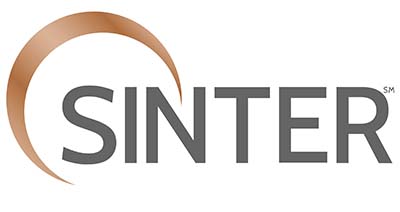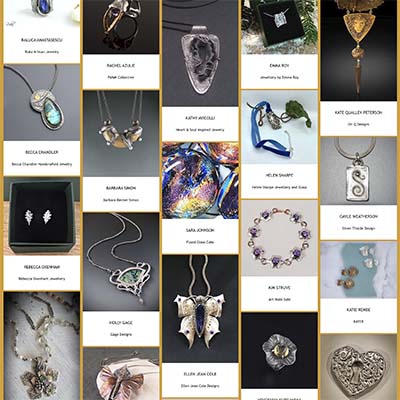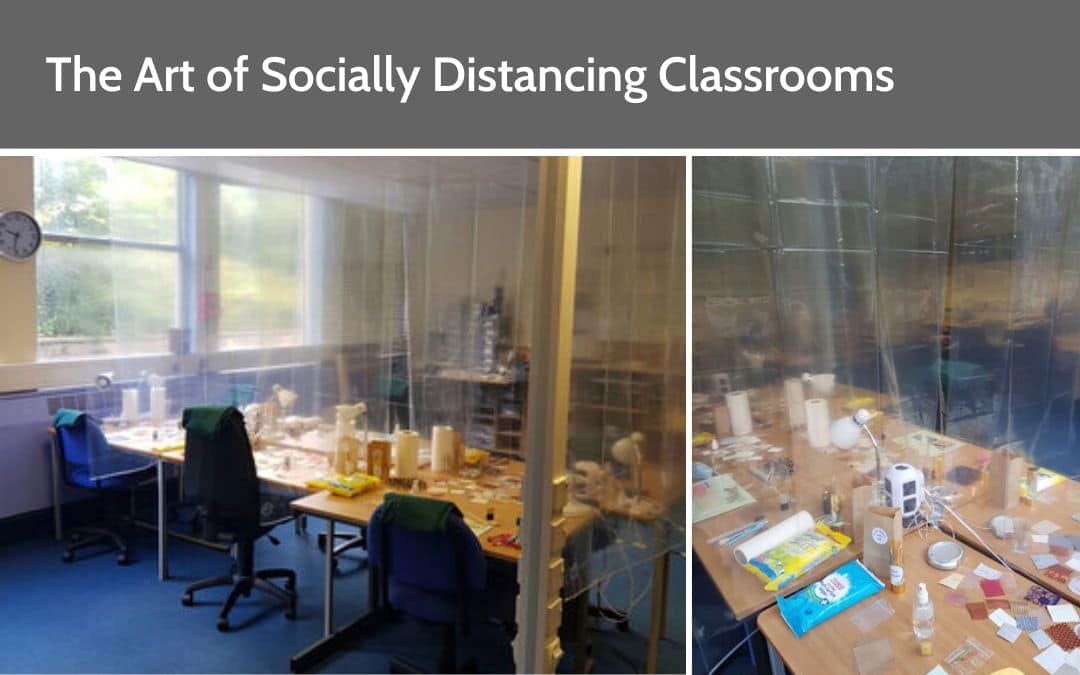Creating a Safe, Socially-Distanced Teaching Environment
Trying to figure out how to safely open up your metal clay classroom again can be daunting. Three popular metal clay instructors talk about their approaches to teaching in our new normal of social-distancing.
Julia Rai, Cornwall, England
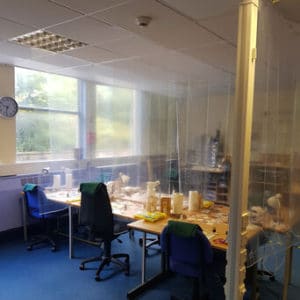
Julia Rai’s Studio
Julia Rai, who runs the Cornwall School of Art, Craft and Jewellery in England, is opening up for classes again in mid-July, and shares how she altered her studio to meet safety guidelines while still being an inviting place to create.
“After reading the extensive information from our government about creating safe working environments, I focused on three areas: the entry area, individual workstations, and the common firing area,” said Julia.
Safe Entry Area
· I supply disposable gloves and masks for those who want or need them, right inside my entry door.
· I also have a sink with hot water and plenty of soap so people can wash their hands as they come in, or whenever they want to. I supply disposable paper towels.
Individual Workstations
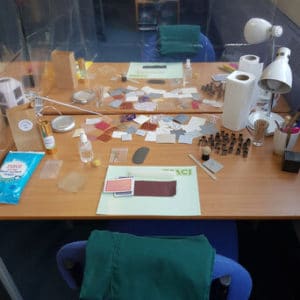
Each student has their own tools and supplies
· I created a self-contained work area for each student with all the tools they will need, consumables, their own anti-bacterial wipes and hand sanitizer, even their own little rubbish bin.
· A freshly laundered apron is on each chair and is washed after each class.
· Individual, private workstations were created so people can sit face to face, and side by side. It still feels like a friendly, sociable environment, but everyone is protected and doesn’t have to worry about neighbors breathing on them. To do this, I hung clear plastic shower curtains from the ceiling as partitions between the tables; I attached them to the ceiling with sticky Velcro dots. When we reach a time when restrictions are relaxed, I can just take them down.
Common Areas
· I’ve put tape on the floor around my firing demo area so people can keep their distance but still see what’s going on.
· Normally I have two people torch firing side-by-side on my beginner classes but I’ve cut that down to one at a time with me wearing a mask while I coach them at a safe distance. I’m planning to allow students to torch fire one piece each so they get a chance to try it but all their other pieces will be kiln fired. Torches and tweezers will be wiped down between students.
· I always provide tea and coffee for students in my little kitchen area and I’ll continue to do that for people if they want it. I have anti-bacterial wipes and disposable towels in the kitchen area. I’m planning to be the only person touching the kettle and milk so students can come and collect their drink one at a time to minimize contact and I’m asking students to bring a cup/mug with them if they feel safer doing so.
· The college where my studio is sited has implemented increased cleaning, social distancing and sanitization stations in the communal areas and corridors. Traffic is generally low in the area where I’m situated so it’s easy to keep social distance. Toilets with more than one stall have been closed and people will be using the one-person disabled toilets only. Cleaning materials and cloths are in each toilet so people can wipe down surfaces etc before and after they use the facilities.
“My most popular classes are normally for only five people maximum so I’ve set up six places,” says Julia, “five for students and the sixth position for the tutor, right in the middle and visible for everyone.”
Barbara Rivolta, Florida, USA
Barbara Rivolta, an instructor at the Dunedin Fine Arts Center in Dunedin, Florida, has worked with the art center to create a safer learning environment.
“We are limiting all classes to five students,” says Barbara. “Previously, classes were limited to 12 with a workbench for each student. Since the benches were placed side to side in 6 rows, we are simply using every other bench so students stay six feet apart. We’ve placed plastic between facing rows; students can still see and talk to each other, but safely.”
“I have a portable mirror next to my demo table so students can still clearly see what I’m doing while distancing. Enrollment levels are still a bit low, so we’ve had no problems maintaining safe social distancing.”
“As always, facilities are available for students to wash their hands frequently, and they’re encouraged to wear masks.”
Charlotte Edwards, Texas, USA
Charlotte Edwards, a metal clay teacher in Dallas, Texas, teaches from her home studio. She has been holding free class sessions by zoom for the last four months. “The zoom classes are really more of a show-and-tell,” says Charlotte, “as most of my students have their own studio areas and kept working diligently during lockdown. We decided that this was a great time to learn new things and push our limits together. One of my classes is tackling enameling; we’re subscribing to another teacher’s online enameling projects and working through them together, sharing our successes and do-overs every week. We’re helping support another instructor in the artist community, and it gives us fun projects to work through together.”
Charlotte was also planning to resume in-person classes again in mid-July. “Unfortunately, Covid-19 cases are surging in our area right now, and the safety of my students comes first. Even though my students could sit six feet apart, I’m holding off offering in-person classes until the incidence levels flatten and all of us feel comfortable getting together in person again. In the meantime, our zoom classes are keeping us together as a community. In fact, one of my classes does a metal clay happy hour by zoom, and the other classes are jealous. That might become part of our new normal!”







